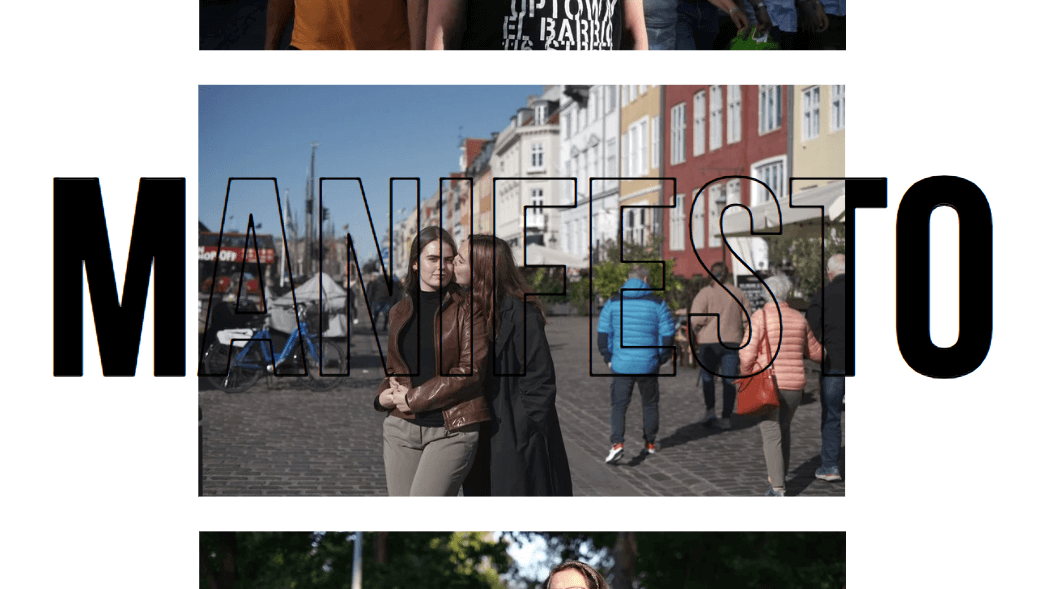Sustaining Publics
‘Sustaining Publics’ is part of the Urban Living Lab within the Green Solutions Centre at Copenhagen University. This project is rooted in the exploration of Nordhavn, aiming to explore the relationship between public spaces, human behaviour, and sustainability through a blend of qualitative research, including ethnography and experimental visual methodologies. By focusing on this area, the initiative seeks to offer urban designers insights, data and tools which help create safer, more inclusive, and sustainable urban environments. This is crucial for shaping cities that prioritise ecological and social sustainability and can promote responsible behaviours and inclusivity -particularly considering those at marginalised intersections.
Over a year, "Sustaining Publics" will engage a diverse group of participants to understand and document the dynamics of urban life, public behaviour and city spaces. Through this human-centred approach, "Sustaining Publics" not only seeks to enhance the livability of Nordhavn but also serves as a vital blueprint for informed decision-making in urban design, paving the way for more inclusive and sustainable cities worldwide.
Below you can read more about activities in the pilot project:
This past April has been an exciting month for the Sustaining Publics project. Mark Vacher, Lærke Sivkjær and Carla Jiménez have been busy starting things off with both a workshop and a kick-off event for the participants of "Calls from the Public" -a data collection method where the informants send texts about their experiences in city spaces directly to the project's phone.
The workshop took place on April 9th, when we had the pleasure of sharing the project with Applied Cultural Analysis Master's students. Together, we discussed the use of visual ethnographic methods in our research and tested them with the student’s examples and inputs.
Later, on April 24th, we hosted a big kick-off event for those who will be participating in Calls from the Public to help us create safer public spaces in Copenhagen. A big thank you to everyone involved for your feedback and collaborative thinking. We're looking forward to continuing the research

May and June have been full of collaborations and workshops for the Sustaining Publics project. The team has been working together with the Urban Intervention Studio (UIS), from
the Landscape Architecture master’s program, and participated in a Nature Walk with the partner pilot project at the Urban Living Lab - “Planning for People, Place, and Planet”.
The latter took place on the 13th of May, when we joined our colleagues from the Lab in their exploration of Nordhavn’s nature and the perceptions and feelings we attach to different areas. Natalie Gulsrud, Sofie Burgos-Thorsen, and Csilla Duray guided us in the exploration and presented their chosen data collection method – the Urban Belonging app. This tool allowed us to take pictures of the spots that spoke to us and describe the notions we attached to them. Being keen on anthropological visual practices ourselves, this was definitely an interesting method to explore.
During these two months, we have also followed UIS’ students in creating their urban interventions in Nordhavn –temporary architectural pieces that add to the landscape and tell a particular story about Nordhavn’s context and challenges. We joined the course by framing two workshops on the use of qualitative methods and applied cultural analysis in their creations. More specifically, we focused on how to work with abstract concepts concerning the development of Nordhavn—such as time, order, history, and global warming —in order to inform concrete design outcomes. We have truly enjoyed following their progress, which culminated in a vernissage on the 12th of June.
As summer arrives, we have also dived head-first into the analysis and coding of the data we are receiving from our method “Calls from the Public”. A big thank you to everyone collaborating and sending messages – we are looking forward to the interviews to come in the next months!
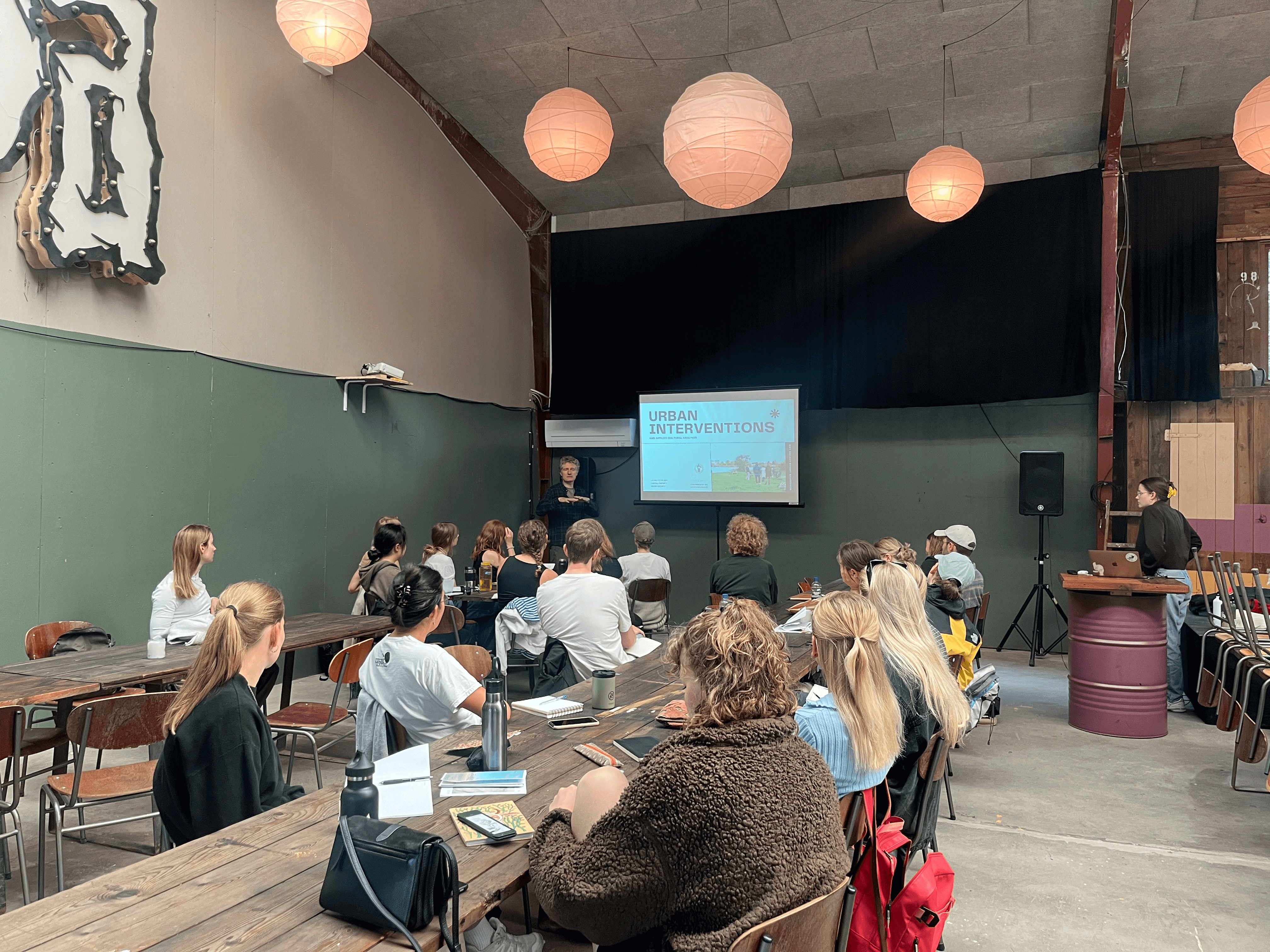
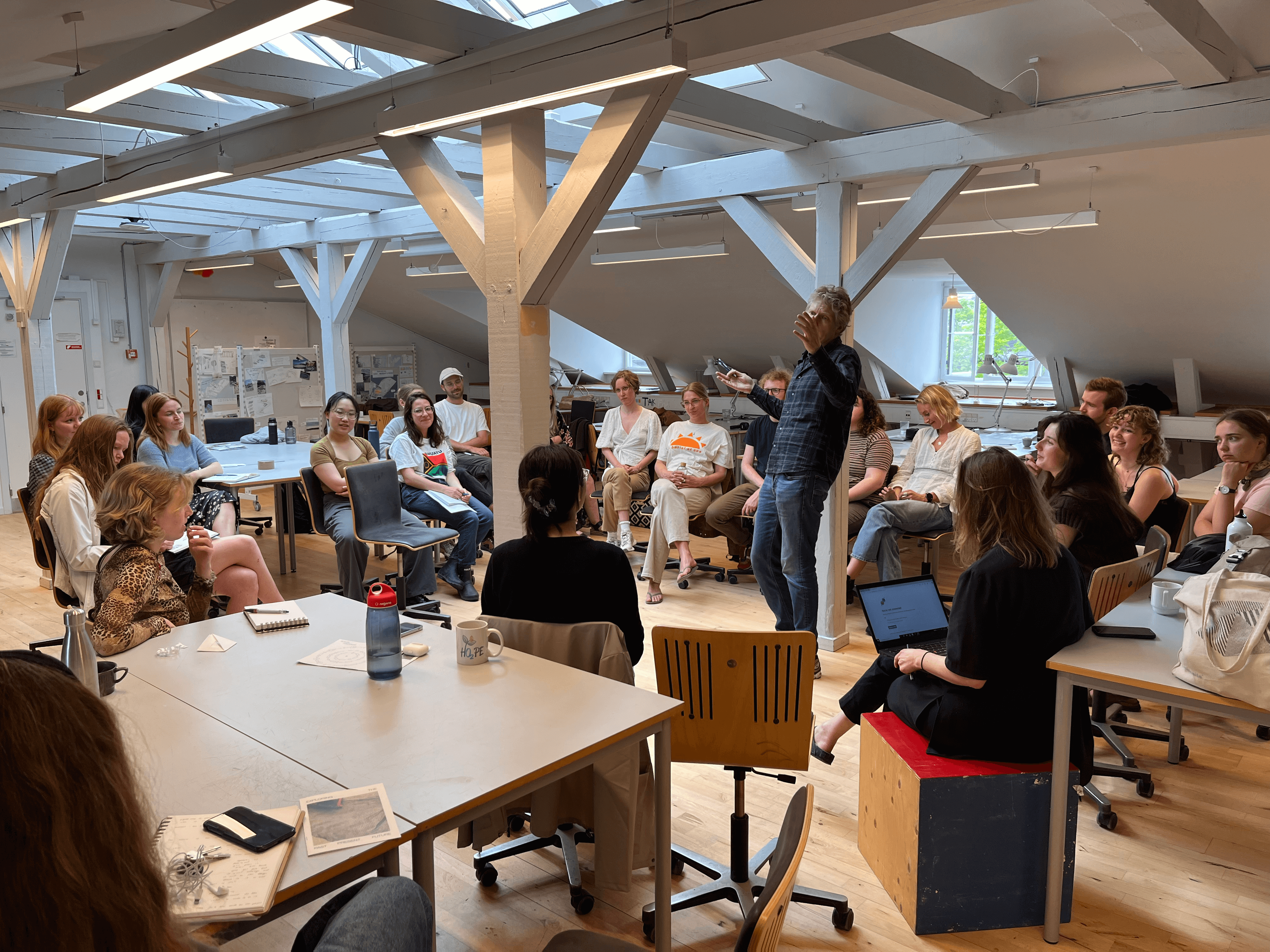
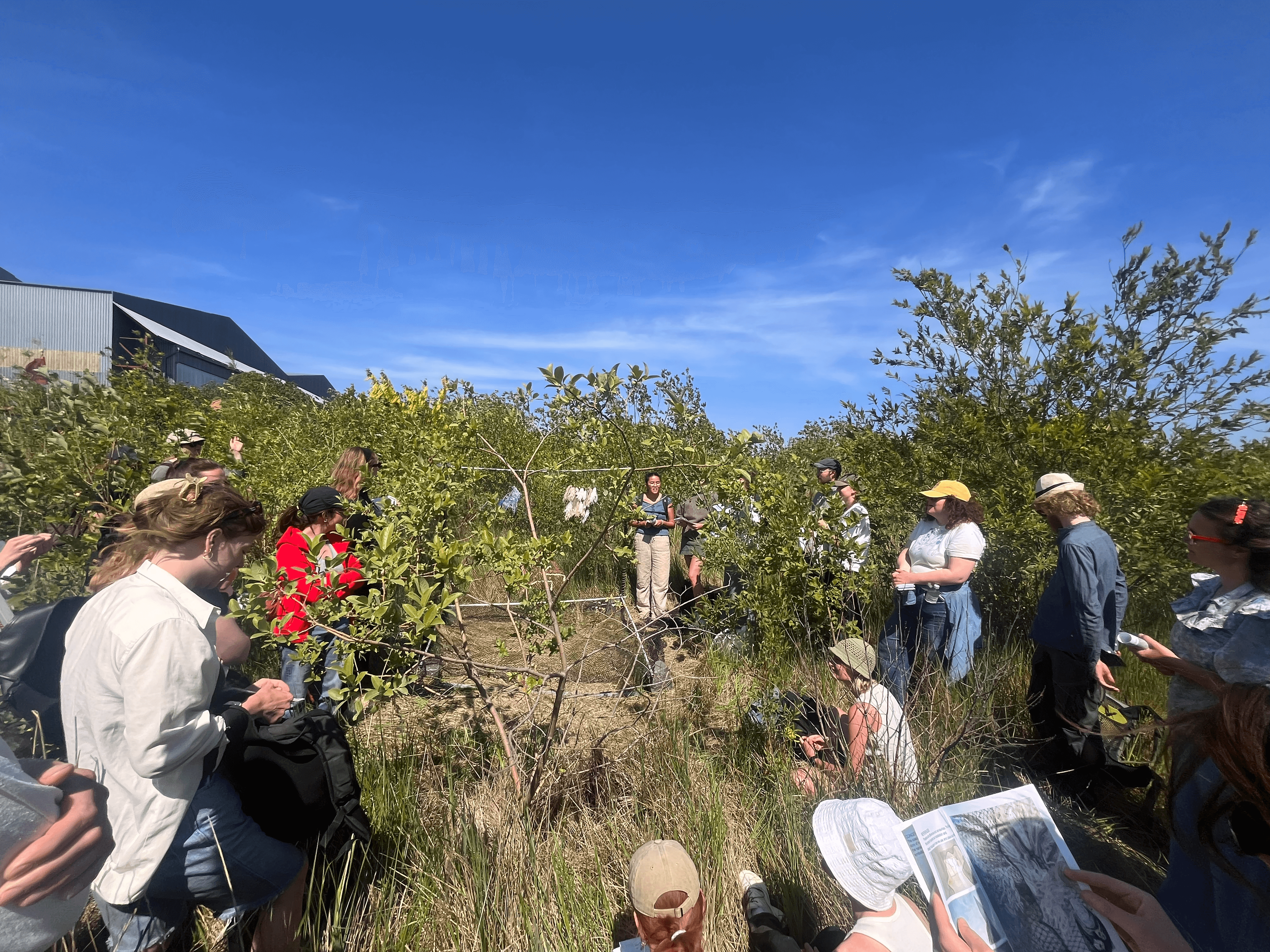
On September 11th, the Sustaining Publics project held one of its most significant events yet: “Security Amongst Strangers – Urban Planning and Public Space.”
Held as part of the knowledge-sharing events Forskning til morgenmad at Københavns Universitet and hosted by Marie Roloff, the event brought together academics, city planners, architectural firms, and public sector stakeholders to discuss safety in public
spaces. The conversation centered around the use of community and choreography in urban planning.
Over the past 50 years, community and meeting spaces have increasingly become defining values in urban planning. However, the aspiration to be "Together for the City" (Københavns Kommune) often contrasts with how people typically inhabit urban areas, —by living and moving among strangers in public spaces. Hence, the talk addressed a critical question: How do we design urban spaces where people feel safe and comfortable among strangers?
The event was led by our team, Mark Vacher, Carla Jiménez, and Lærke Sivkjær from the Green Solutions Center, alongside Henriette Steiner from the Department of Geosciences and Natural Resource Management. Together, we delivered a research-driven presentation featuring ethnographic insights from the "Calls from the Public" method, which set the stage for further discussions and exchanges on the topic.
In this way, the event also provided a platform for professionals and practitioners to explore innovative strategies to refine a more sustainable, inclusive and resilient future for urban planning and city design.
Returning from the summer, the team has been conducting interviews based on the texts and events shared by informants through the project’s dedicated phone number. Together with them and using the method “Calls from the Public”, we reflect on the experiences the participants had in public spaces and how design and urban planning play a role in the way they navigate the city. At the end of the conversation, we revisit the place from which they sent the message and co-direct a new picture that reimagines the place and the experience in a new, more positive way. This process allows participants to reclaim narratives and envision more inclusive and empowering urban environments.
Additionally, we produced two videos exploring the themes of security among strangers and the application of citizen science -a methodological approach integrating people’s insights directly into the research process.
This month, we extend our warmest thanks to all our research participants and professionals from Cobe, Realdania, Københavns Kommune, Frederiksberg Kommune, and the academics at the University of Copenhagen who attended Forskning til morgenmad -thank you for sharing and building knowledge with us!
Throughout the course of this project, we have been refining our method Calls from the Public, which has proven to be highly adaptable and applicable in the urban planning field. Not only has the method been effective in capturing people’s insights and lived experiences, but it has also shown great flexibility, making it suitable for exploring a wide range of topics within the research area. Accordingly, an important goal of this pilot project has been to develop this method and scale up the research into a larger interdisciplinary research proposal. This is why in the past two months we, Mark Vacher, Lærke Sivkjær, and Carla Jiménez, have been working on a bigger application that would enable us to further develop and use the methodology in urban planning research. After a two-month long application process, our proposal has been pre-selected for funding through Bymidtepuljen by Realdania. If granted, from March 2025, this Bymidtepuljie would support a full-time, larger-scale research project, particularly focused on the development of city centers in small and medium-sized towns across Denmark.
The team would head to explore the conditions of public space in the city centers of Kerteminde, Rønne, Ishøj, Høje Taastrup C, and Aars. This next project would allow us to continue to apply our research methodology to a bigger project while also exploring how public spaces can be better designed to address the challenges of smaller city centers and foster safety and sustainability. In parallel with this exciting new chapter, the team has also been busy completing the last interviews and moving into the data analysis phase. This stage includes breaking down the interviews and visual material, recognizing patterns, and drawing insights. These findings will later inform a co-created manifesto with COBE Architects –aiming to identify key design parameters and conditions for fostering a safer and more sustainable public space.
We are beyond excited about how the pilot project is progressing and look forward to continuing to develop and apply the Calls from the Public method in the coming year. We see great potential in rethinking urban planning practices, particularly in smaller towns and their unique challenges, so we are eager to see how our work will contribute to the field with this new angle next year.
Meanwhile, stay tuned to see how the last stages of this pilot project unfold -we've got more to come!
Over the past two months, our project has focused on extracting final insights from Calls from the Public and collaborating with Cobe Architects to develop the first version of a Manifesto.
Using the photographs and data gathered from interviews with our informants, the team has crafted a series of reflections on each image and case. This process has culminated in 10 concrete findings about public spaces, their challenges, and potential responses.
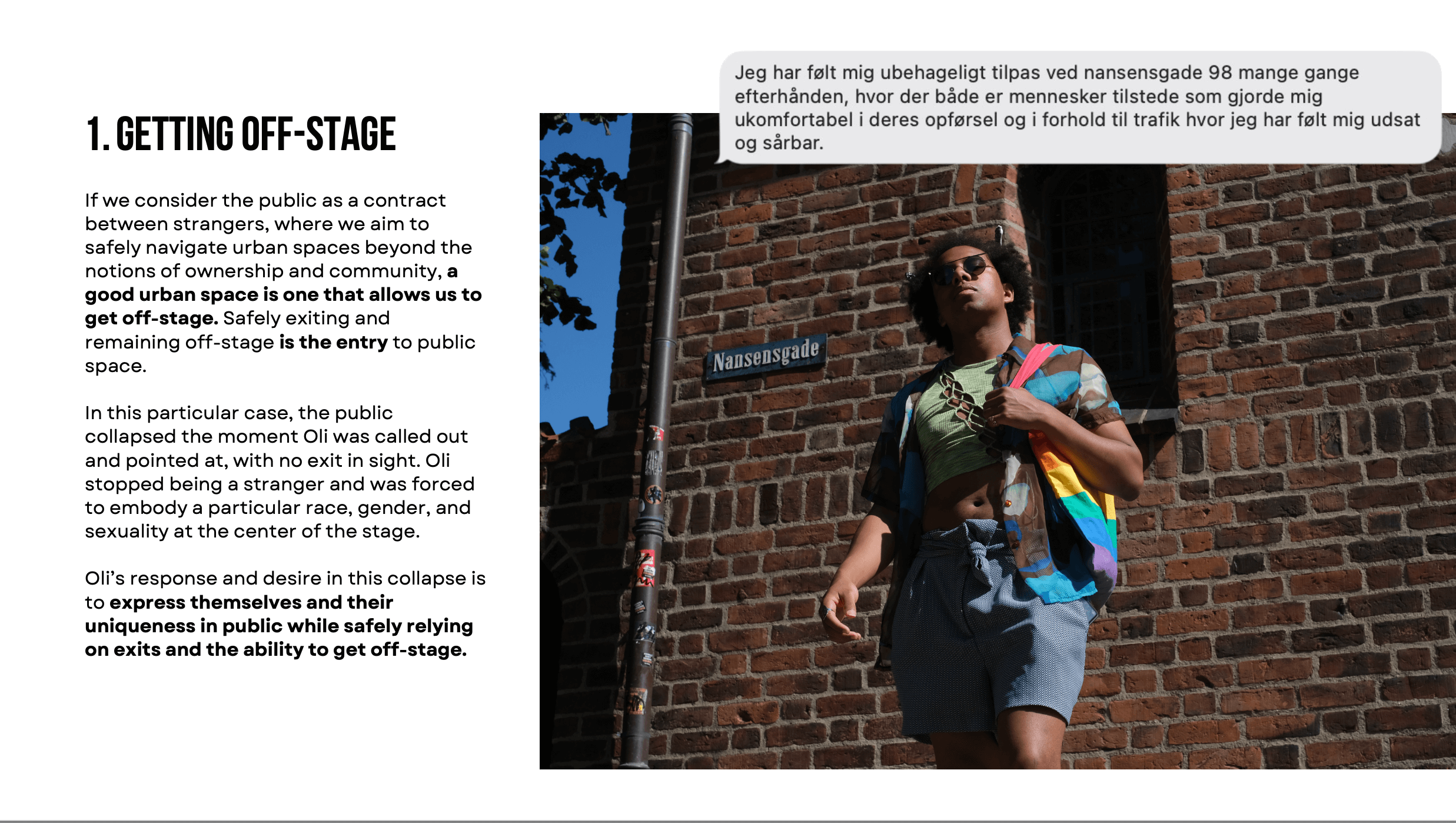
As illustrated in the example above, this manifesto tells a story. It begins with the original messages shared by participants, where they highlight challenges encountered in public spaces. The journey progresses through our ethnographic reflections and findings and concludes with a powerful response from our informants –a counteraction that envisions how a more positive turn of events could have unfolded, captured in the co-directed photograph.
On the 25th of November, the team visited Cobe’s headquarters to share and discuss those findings with the architect firm. We had a very fruitful meeting where ethnography and design met each other, and it was very satisfactory to see how research-based and cultural analytical outcomes were shared and embraced by professional practitioners in the field. We will be further collaborating with Cobe, who will work on each of the 10 findings from the manifesto and propose design solutions and principles that respond to each ethnographical insight.
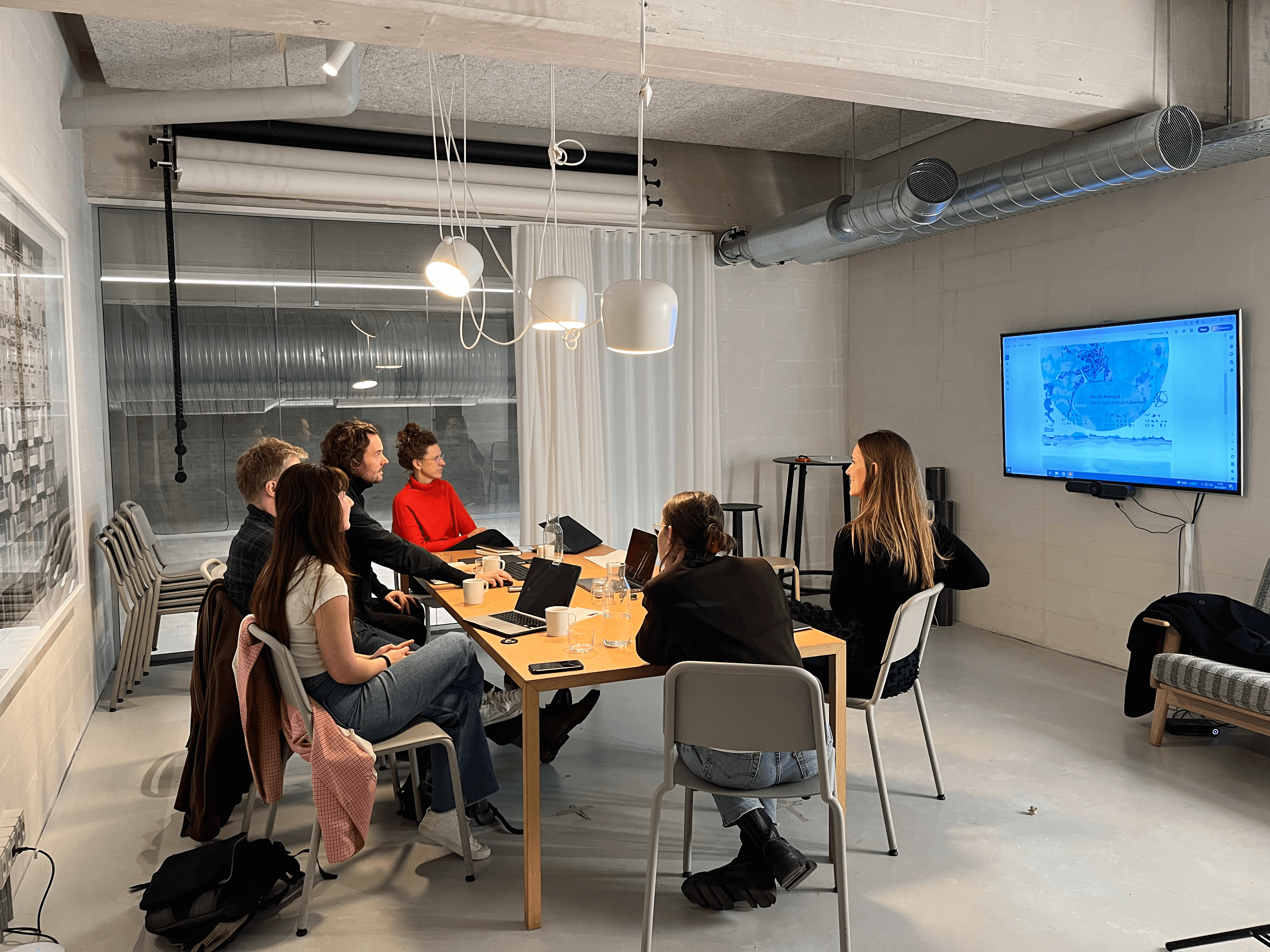
We couldn’t have asked for a better way to conclude our project than with a final presentation of results alongside our partner, COBE Architects. This event was a great example of how human-centered research and ethnography can inform design processes by unlocking fresh perspectives and fostering solutions that address the challenges faced by the public. A huge thank you to COBE for being such a collaborative partner, always aligned with our vision and open to interdisciplinary work. We look forward to continuing this partnership!
But the excitement doesn’t end there. We are thrilled to announce that we will be curating and developing an exhibition that highlights both pilot projects from the Green Solutions Centre: Sustaining Publics and Planning for People, Place, and Planet. So, starting January 2025, we will wrap up these projects within the Nordhavn Urban Living Lab and showcase their key insights through a photo exhibition.
We will keep you updated and would love to see you at the exposition’s vernissage to find out how the first one year and a half of the Living Lab has unfolded. A heartfelt thank you to the entire team, the Green Solutions Centre board, and our informants and external partners for your support throughout this journey. Your contributions have been invaluable in helping us to better sustain public spaces! 😊
Key persons:
| Mark Vacher | Saxo-institute | Faculty of Humanities |
| Carla Jiménez | Saxo-institute | Faculty of Humanities |
| Lærke Sivkjær | Saxo-institute | Faculty of Humanities |
News from the pilot project:

